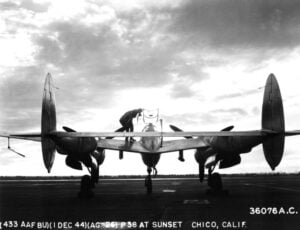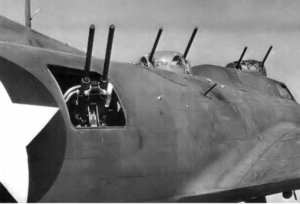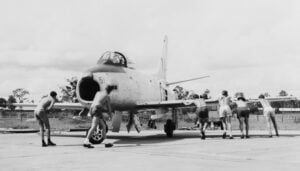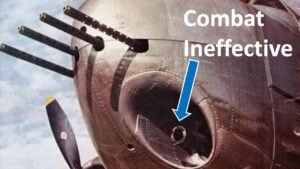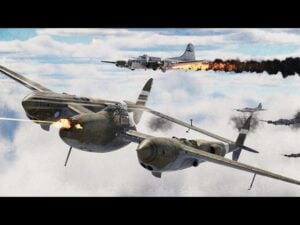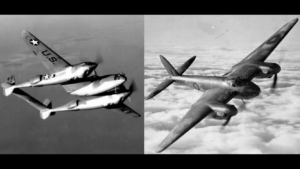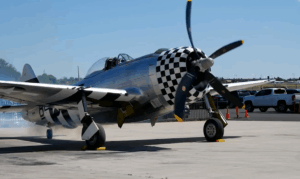Overlooked History Aircraft: 5 Significant Japanese Planes of WWII
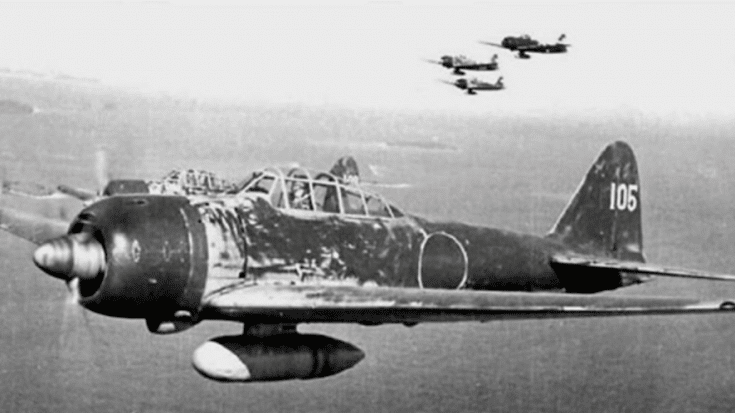
Greg's Airplanes and Automobiles / YouTube
During World War II, Japan produced a significant number of aircraft, around 65,000, although this was less than other major countries like the US, UK, Germany, and the USSR. Both the Imperial Army and Navy of Japan had their own air services, which often competed against each other rather than working together. Many remember the infamous Zero, but several other aircraft played crucial roles throughout the war. Let’s explore five such planes that significantly impacted the war efforts of Japan.
1. Mitsubishi A6M Zero

The Mitsubishi A6M Zero was a long-range fighter aircraft operated by the Imperial Japanese Navy from 1939. In the early years of the war, particularly at the start of the Pacific War, the Zero gained a reputation for its long range and superb maneuverability. It quickly became a symbol of Japanese air power. As the well-known opponent of the Allies in many Pacific battles, it initially posed a significant threat.
However, as the war progressed, the capabilities of the Zero began to be overshadowed by advancing American aircraft technology. The Allies figured out its weaknesses and developed tactics to counter them. By the end of the war, despite being produced in large numbers, the Zero could no longer match newer American planes.
2. Aichi D3A
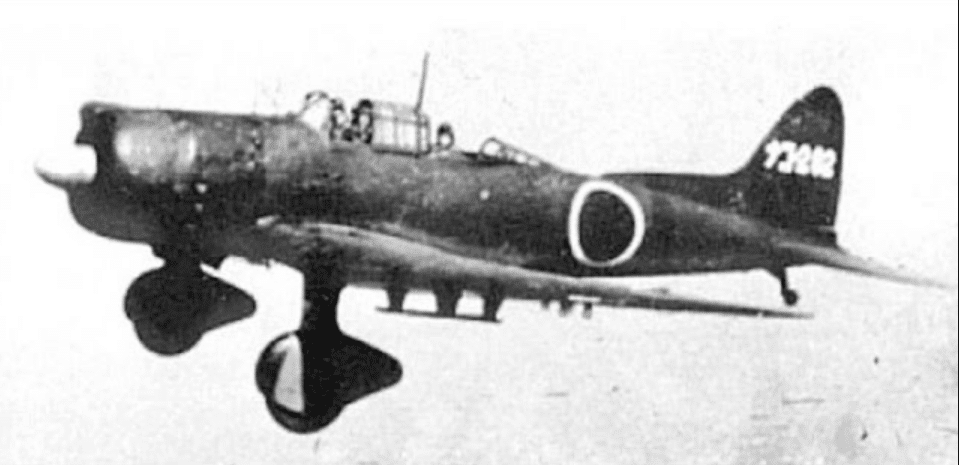
Known to the military as the ‘Type 99 Carrier Bomber’ and colloquially as the “Val,” the Aichi D3A was the primary dive bomber used by the Imperial Japanese Navy. It marked its first significant action by attacking American ships during the Pearl Harbor assault, proving instrumental at the onset of the Pacific engagements.
Throughout the war, the Aichi D3A was responsible for sinking or aiding in the sinking of multiple Allied warships, a testament to its effectiveness. These included four American aircraft carriers and numerous other vessels. Despite being overshadowed in later years, its early war successes made a notable impact.
3. Nakajima B5N
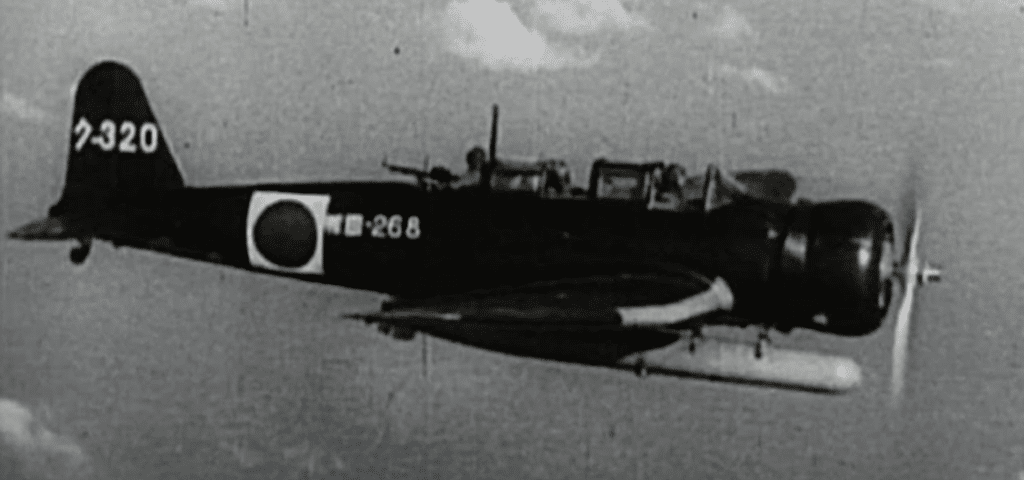
Another significant contributor was the Nakajima B5N, an advanced torpedo bomber at the beginning of the Pacific War. Known among the troops as “Kate,” this aircraft was responsible for the devastating attacks on multiple American battleships during the Pearl Harbor attack, including the catastrophic hit on the USS Arizona.
As the war continued, though, the Nakajima B5N quickly became obsolete. Despite its obsolescence, Japan continued to use these planes due to a lack of better alternatives, eventually repurposing them for kamikaze missions towards the end of the war.
4. Mitsubishi Ki-21
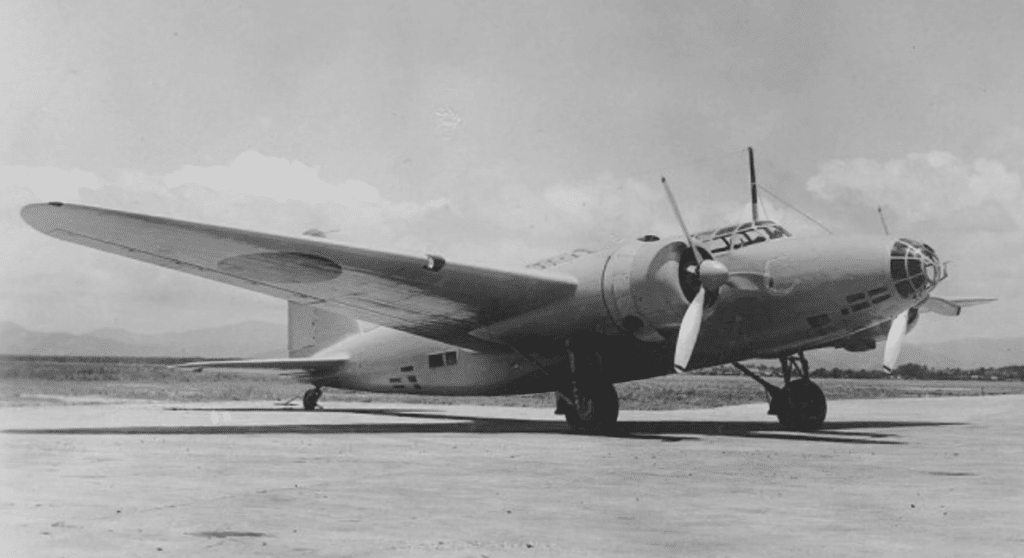
The Mitsubishi Ki-21, or “Sally” as it was known by Allied forces, was a twin-engine heavy bomber used primarily by the Imperial Japanese Army Air Force. It first saw action in China and subsequently played roles in various other early Pacific War campaigns including in Malaya, Burma, the Dutch East Indies, and New Guinea.
Throughout its service, it participated in numerous bombing raids, including those targeting Northern Australia. However, as the war drew on, the Ki-21 was gradually outperformed by more advanced Allied aircraft. Later in the war, many were relegated to secondary roles like training or transport.
5. Nakajima Ki-115 Tsurugi
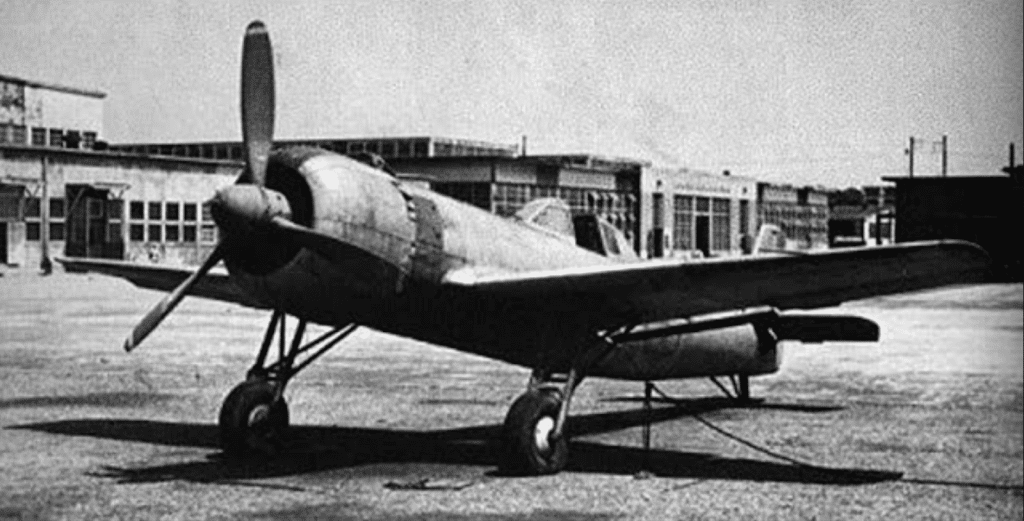
The Nakajima Ki-115 Tsurugi, also known as the “Sabre,” represents the desperate measures Japan resorted to as the war turned against them. Specially designed for kamikaze missions, this aircraft was stripped of all non-essential equipment to make it a one-way weapon. It was built using outdated engines and designed to be cheap and quick to produce, reflecting the dire straits of the late-war Japanese war effort.
Crudely built, the Tsurugi symbolized Japan’s shifting strategy to kamikaze tactics as a last-ditch effort to inflict damage on Allied forces, particularly the US Navy’s fleet in the Pacific.














